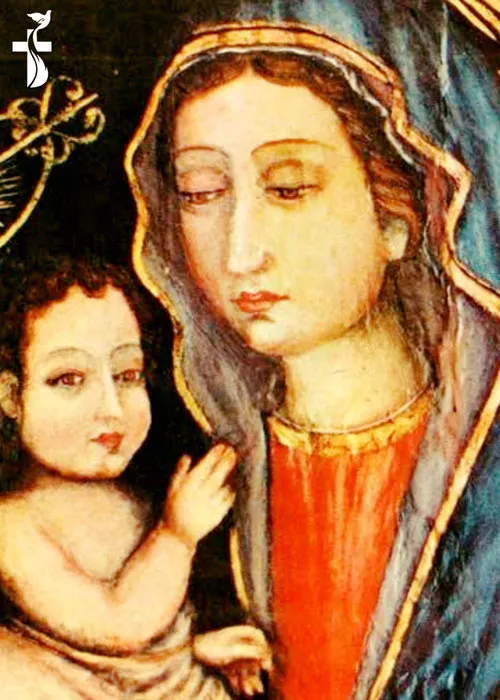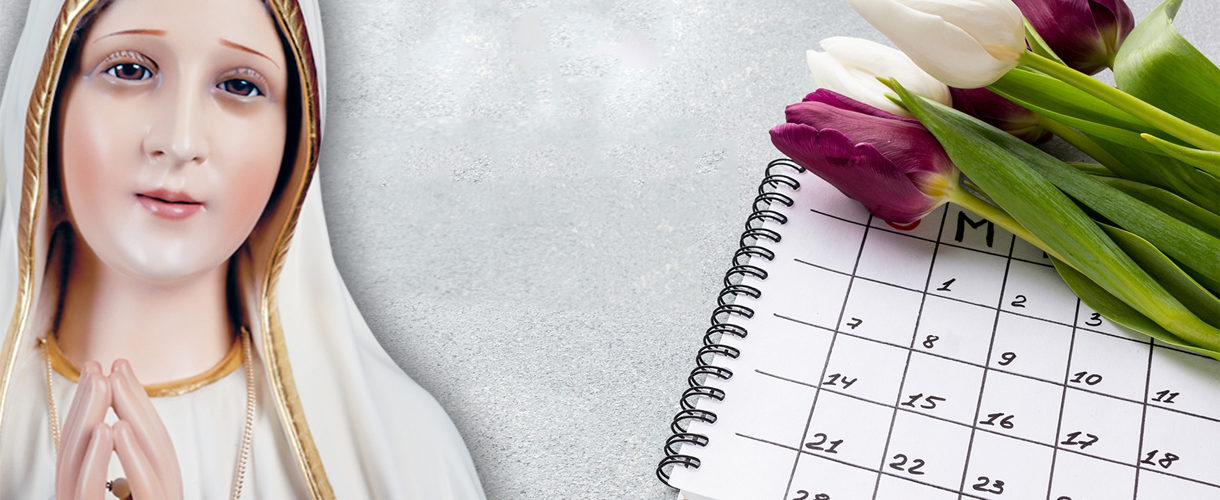
Our Lady Of Cranganor
Country :
Year : 1498
In the East Indies stands the church and the shrine of Our Lady of Cranganor, which it is asserted was built by one of the three Kings who visited the Divine Child and His Blessed Mother. India was one of the countries that had the privilege of receiving the light of Faith at the dawn of Christianity.
History relates that St. Thomas the Apostle came to India at Cranganor in 52 AD. There the Christians are still known as St. Thomas’ Faithful. Kerala, as the place is also known, is cut off by the mountain ranges from the rest of India, and has held firmly to the Faith, regardless of the gloom of the rest of the continent. The deep spirituality of the Catholics evidences their great love for the Mother of God, Nala-bat as the country is likewise called, may be translated as Mary’s country, Mary’s namesake. It is believed that when St. Thomas came to Cranganor, he brought with him a picture of Our Lady, painted by St. Luke; this was lost after St. Thomas’ martyrdom, but later discovered in a cave at Little Mount, Madras, near the scene of his death.
In 1498 when the Portuguese arrived in Cranganor, they were surprised to find so many churches dedicated to Mary. St. Francis Xavier found the people of Cranganor very strong in faith and devoted to Mary; he spared no pains to flame their devotion to the Mother of God.
One may wonder why devotion to Mary took root and blossomed so strongly in Kerala—almost as though it met some deep religious and psychological need. Perhaps the reason for such spontaneous devotion is to be found in the position of the mother in the Hindu family. For while love, obedience, devotion and dependence on one’s mother are natural to all peoples and nations, in Cranganor the exalted position of the mother assumes singular, if not unique, proportions. The mother is everything in the family; to depend on her is a deep-rooted tendency of all children in Kerala. Much more than the father, the mother is the breadwinner of the family. She owns, buys, and sells property and governs the house without any consultation with the father; he may frequently be away, but she always remains at home in the house. Her brothers have no right to property, only a living allowance and accommodations. Now this matriarchal system has been carefully guarded by the majority of Hindus. It lies at the very heart of traditional way of life in Kerala; a time-honored custom which has helped to give Marian devotion an easy welcome and speedy growth.
St. Ignatius of Loyola always wore the rosary conspicuously over his cassock. To his great satisfaction, Our Lady’s “Madre de Dios” church was assigned to him on his arrival at Cochin, replacing Cranganor as the port of traffic with the western world. When St. Francis arrived, he found a confraternity of the Blessed Virgin Mary already established and he fostered this zealously during his lifetime.



